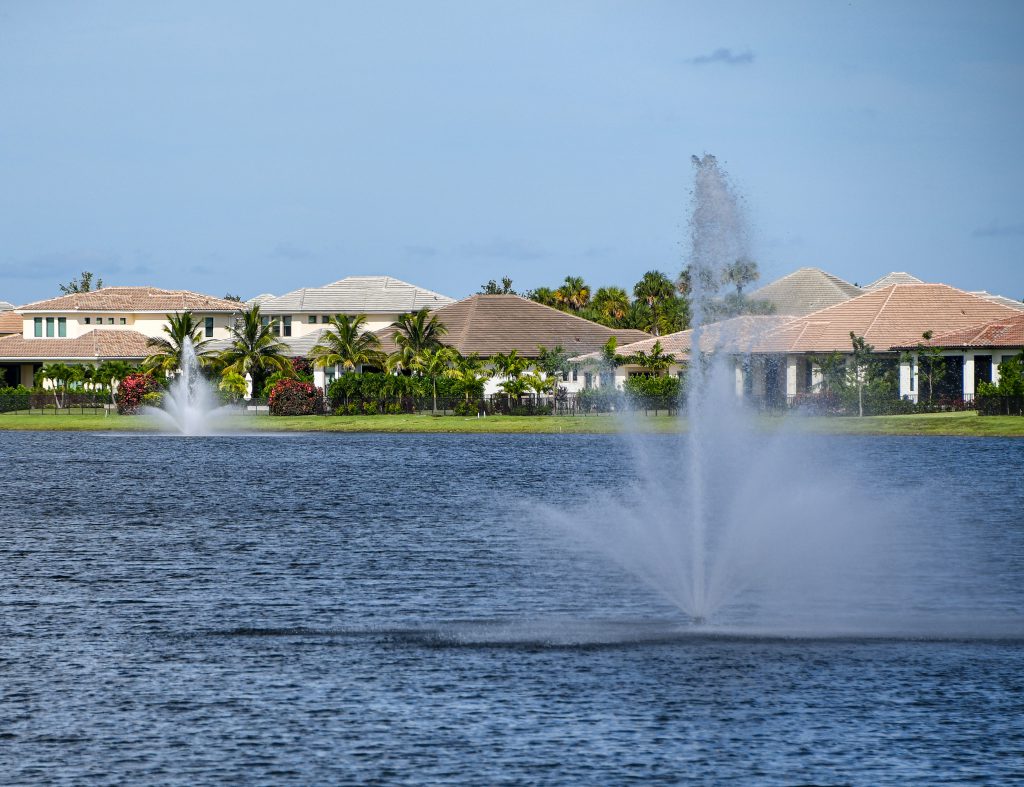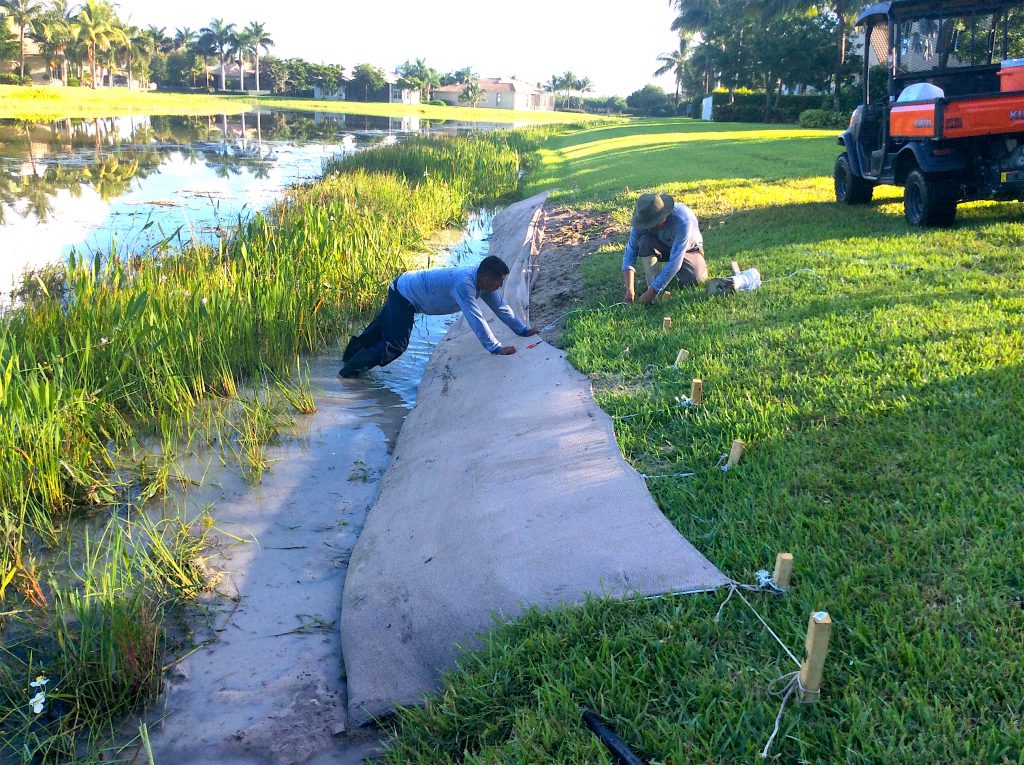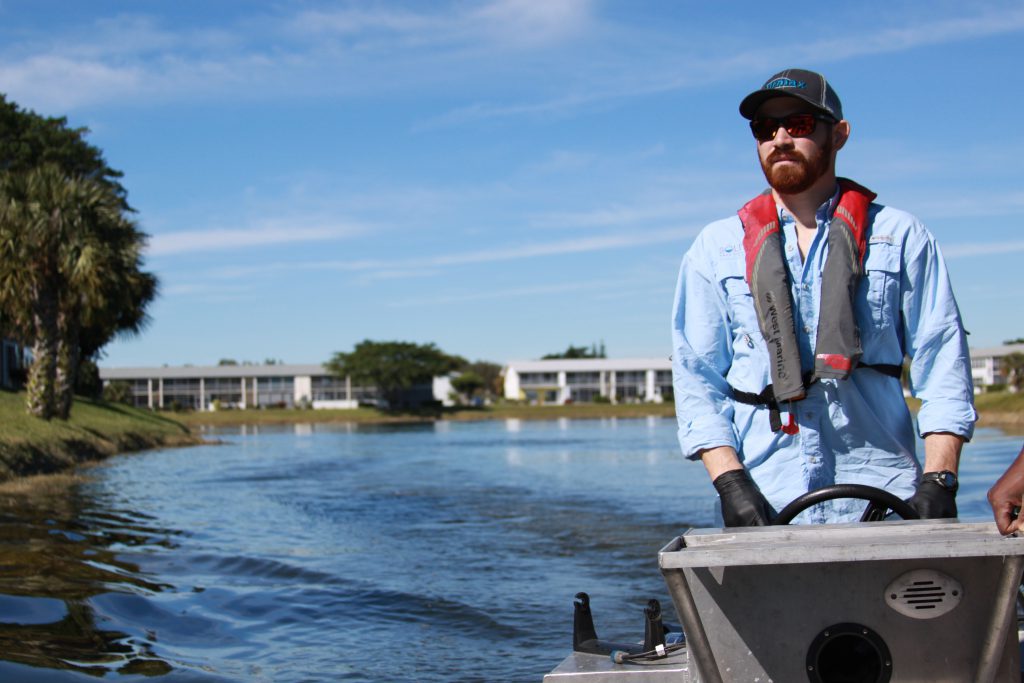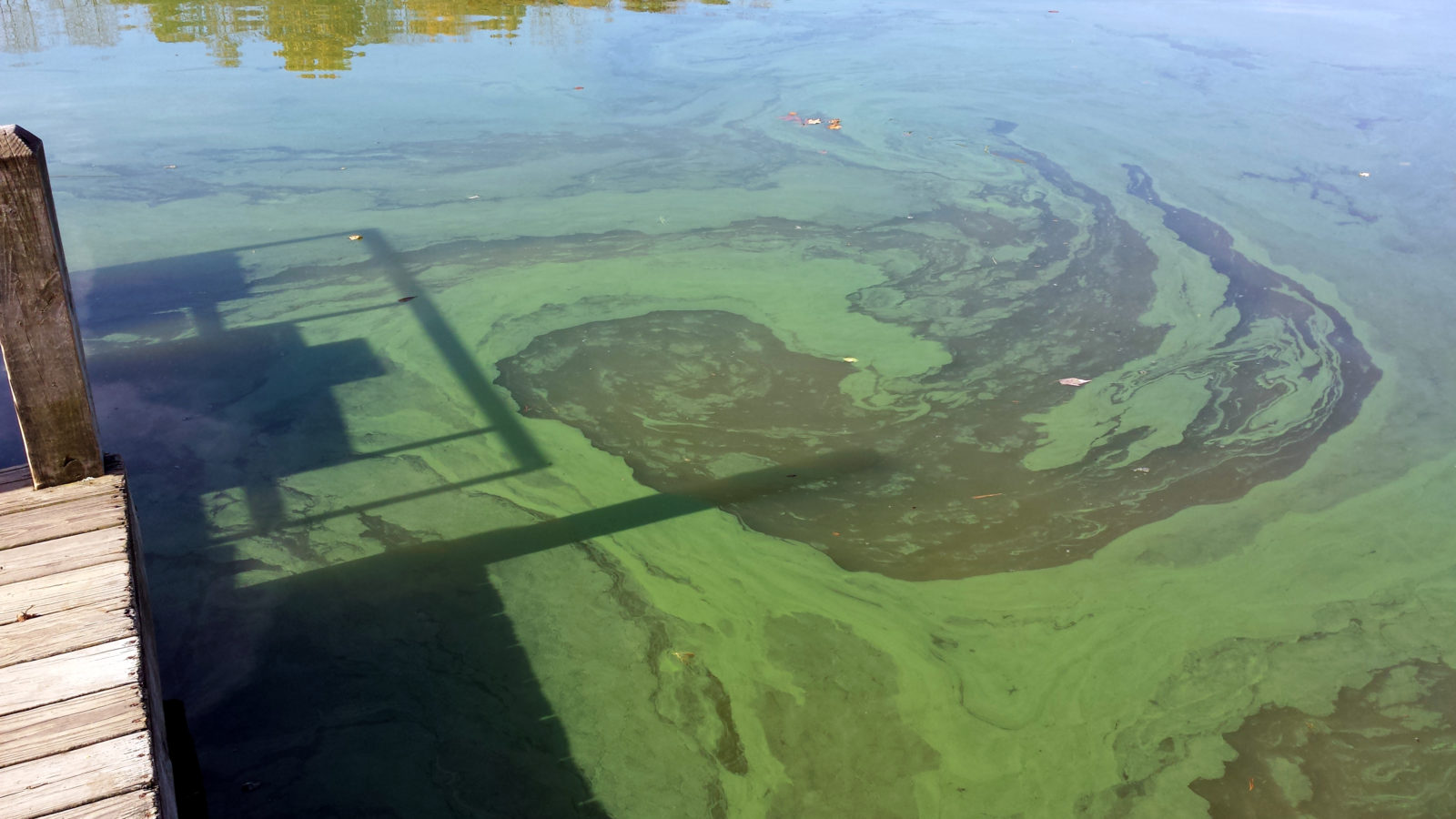
Toxic Algae Health Risks and Management Strategies
Lakes, ponds and reservoirs can provide drinking water, irrigation and space for year-round recreation, but it’s common for these waterbodies to develop algae blooms, especially during the heat of the summer. Harmful Algal Blooms (HABs) like blue-green algae can contain toxic cyanobacteria – and they are becoming more prevalent in our communities year after year.
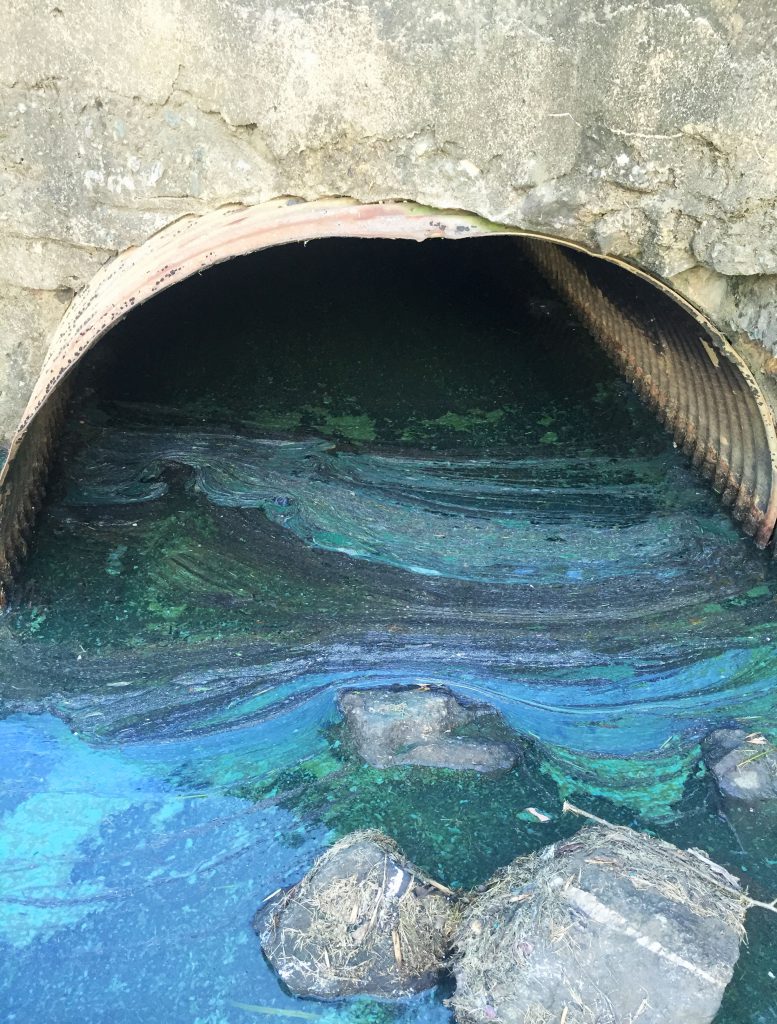
The Risks of Harmful Algal Blooms
HABs can occur naturally, but have been a problem for decades due to the negative environmental impacts associated with mass urban development and pollution. In recent years, private research and greater public awareness around the subject of HABs have brought nationwide attention to dangerous cyanobacteria blooms plaguing some of the largest lakes in the country.
In addition to interfering with recreation, cyanobacteria can threaten agriculture and drinking water resources, supporting the current evidence that exposure to cyanotoxins may lead to the development of neurodegenerative diseases such as ALS, Alzheimer’s and Parkinson’s disease. The cyanobacteria capable of producing the dangerous toxin can be found at virtually any time of year in almost any waterbody, even those as small as a stormwater pond or ditch.
Sustainable Management Solutions
Diligent management can restore balance to waterbodies suffering from toxic blooms, but traditional solutions are not always a suitable option. Algaecides, for instance, can help rapidly eradicate a bloom, but, in certain cases, may cause toxins to release prematurely into the water. Therefore, aquatic resources, particularly those used for recreation, drinking water, and agriculture, should be proactively monitored and managed using the following strategies to prevent the development of HABs altogether:
- Correctly identify HABs
- Regularly test water quality
- Properly dispose of organic materials
- Reduce excess nutrients
- Introduce aeration
- Restore your shoreline
- Apply beneficial bacteria
- Educate your community
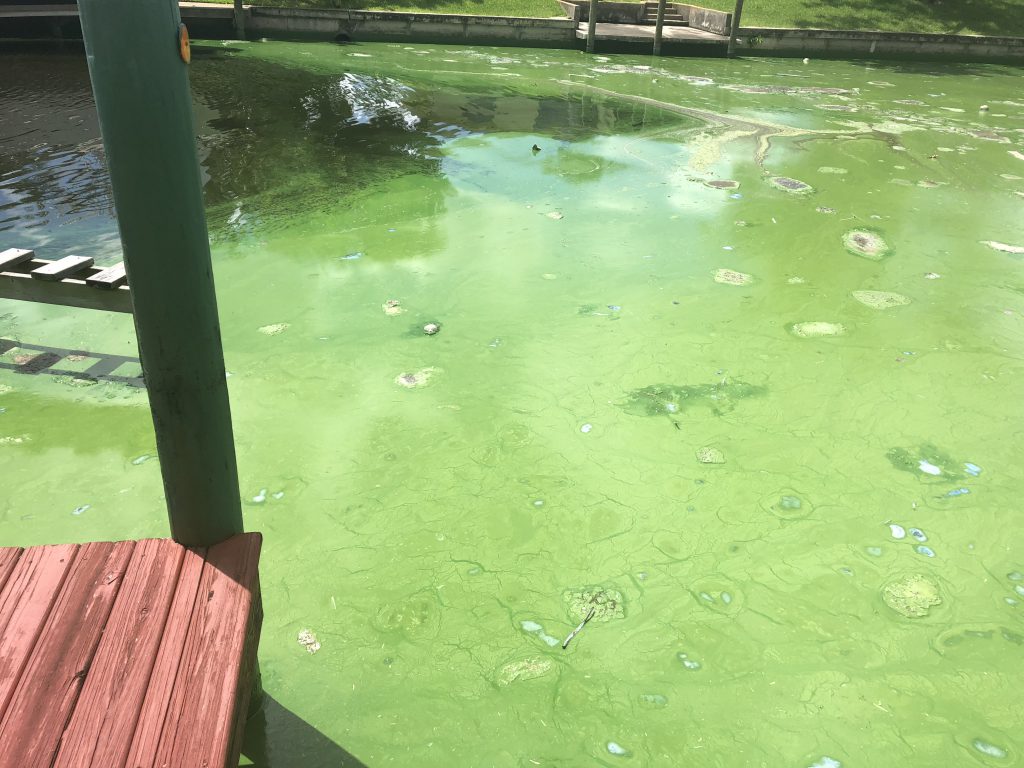
Correctly identify HABs through initial water quality testing
Accurate identification of Harmful Algal Blooms is the first step to protect your family, your pets and surrounding wildlife from the negative effects of algal toxin exposure. Depending on the waterbody, a potentially harmful bloom may manifest in parallel streaks or clumped dots. Other blooms may look like spilled blue, green or white paint or turn the water a bright “pea soup” green. Keep an eye out for soupy or oily scum on the surface of the water.
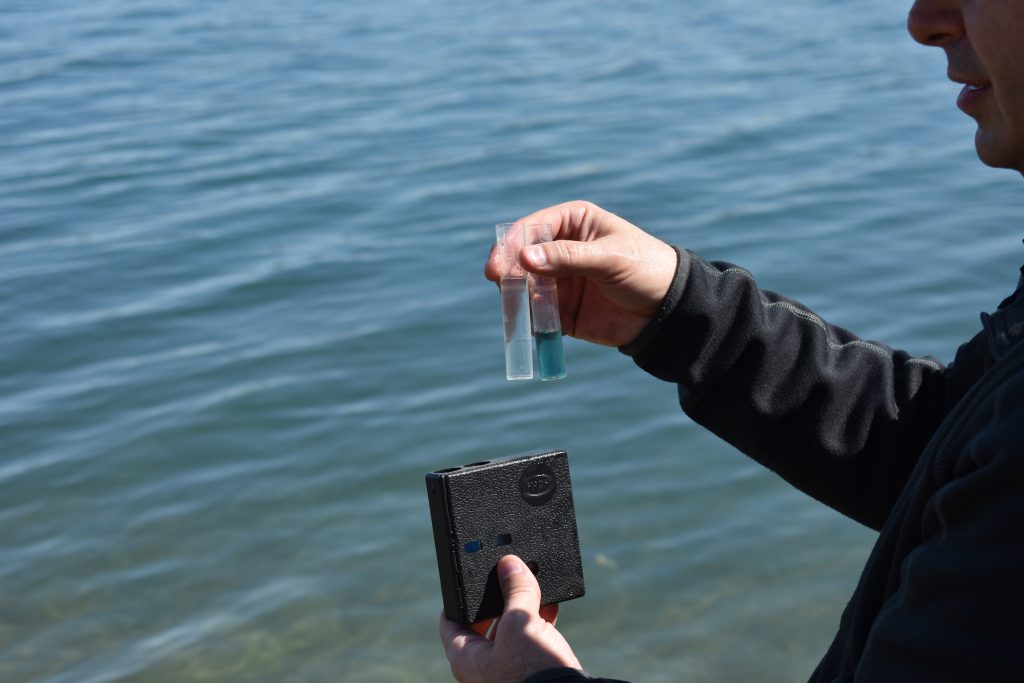
Regularly test water quality
Lake and pond owners and municipality leaders often wait until after a harmful algal bloom appears to conduct water quality tests, but a proactive and routine testing program can help identify water quality impairments related to dissolved oxygen, pH or nutrient levels before they get out of hand. Over time, water quality data can be used to predict the onset of a bloom and prevent its impact without closing the waterbody or interfering with irrigation or drinking water services.
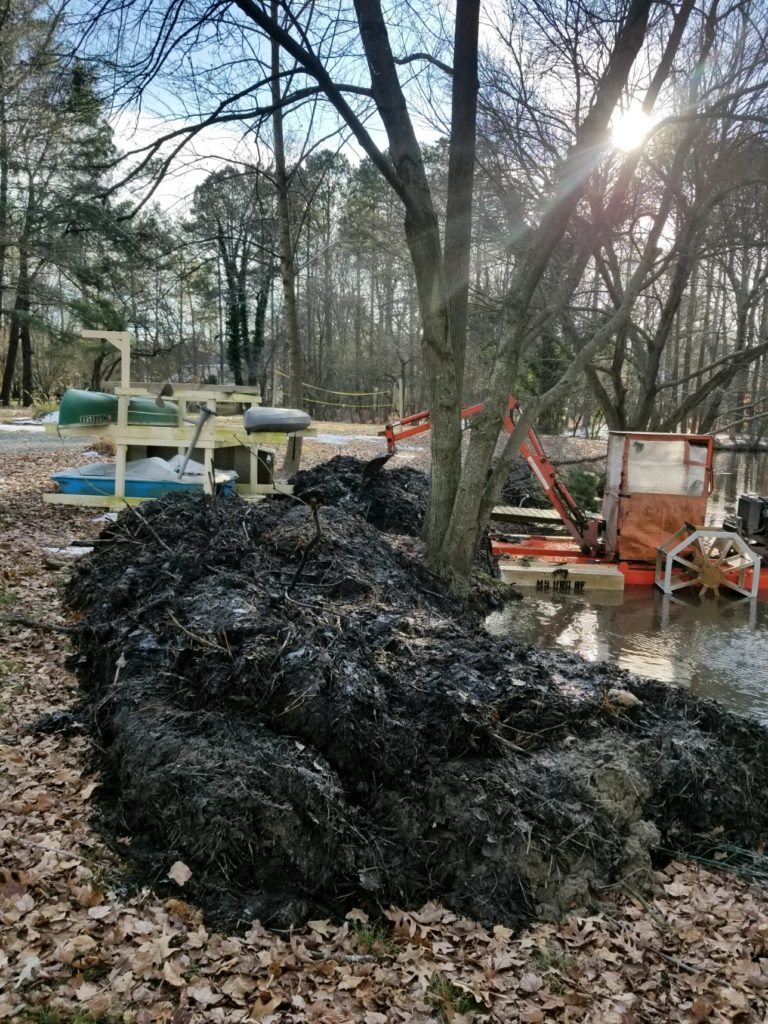
Properly dispose of organic materials
When organic materials enter and decompose in freshwater resources, they release undesirable nutrients that are responsible for fueling nuisance plant and algae growth. Following yard work, leaves, grass and other debris should be bagged and removed from the property to prevent them from accumulating and decaying in the waterbody. Pet waste should be disposed of properly. Fertilizer use should be reduced or halted.
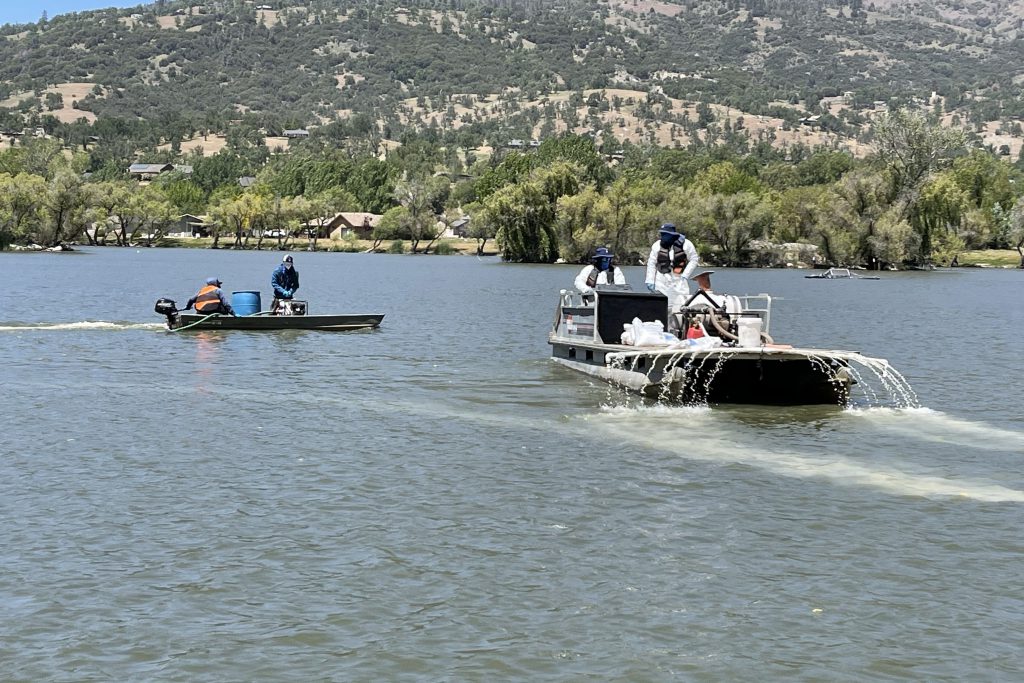
Reduce excess nutrients
For lakes and ponds with chronic nutrient problems, the application of phosphorous-locking technologies, such as Phoslock, Alum, or EutroSORB, can make a noticeable impact. When applied by a licensed professional, these products work to rapidly remove free reactive phosphorous from the water column, improving water clarity and permanently reducing undesirable nutrients so they can no longer create imbalanced water quality conditions.
Introduce aeration
One of the most common sustainable solutions lake and pond management professionals recommend is aeration. Introducing floating fountains and submersed aerators helps keep water moving and helps improve dissolved oxygen levels. Fountains are also stunning focal points in large lakes and ponds, creating value for the communities surrounding the water. In addition, new innovations like side-stream saturation can be used to directly target oxygen-deficient layers with concentrated dissolved oxygen. The process of introducing dissolved oxygen into the water column helps prevent nutrients from getting out of hand.
Restore your shoreline
Steps should be taken to intercept runoff containing sediment, trash, and other organic materials from entering lakes and ponds during rainstorms. Allow native flowering, deep-rooted vegetation to grow 3 to 5 feet from the edge of the lake or pond shoreline in a beautiful vegetative buffer. Buffers should be comprised of native vegetation and should be between three to five feet wide. Planting native vegetation in the littoral zone of your waterbody will also help filter nutrients like phosphorus and nitrogen.
Completely restore eroded banks with a bioengineered mesh technology called SOX Erosion Solutions. These knitted mesh systems can be utilized to create a long-lasting sediment containment barrier around the water and regain lost land from erosion.
Apply beneficial bacteria
Another way to limit algae’s food source is through the introduction of bacteria and enzymes, a process called biological augmentation. The beneficial bacteria can help consume additional pond nutrients that fuel nuisance algae blooms and help facilitate the degradation of the organic nutrient sources.
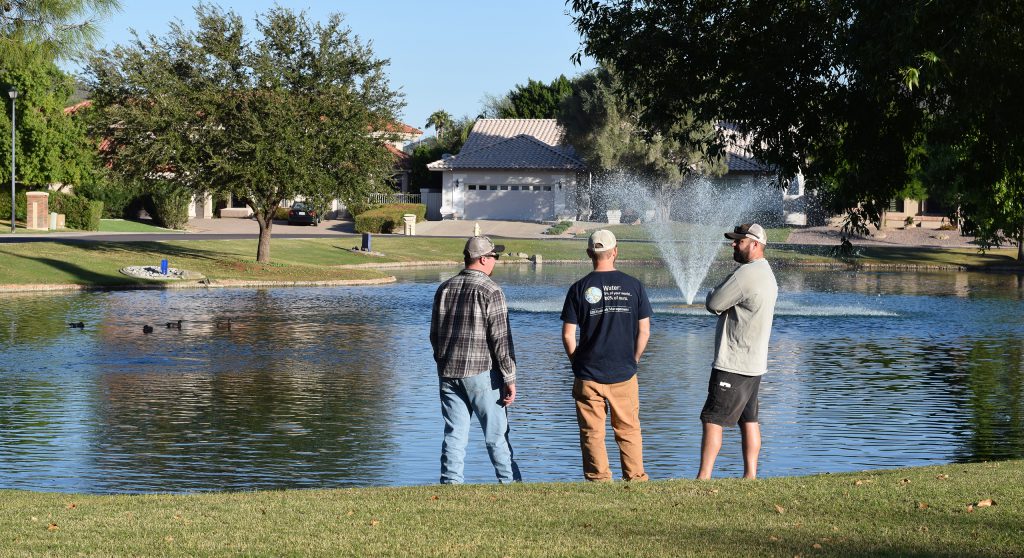
Educate your community
The last piece of the puzzle is education. Educate your neighbors and community members about the direct impact they have on surrounding freshwater resources and the small steps they can take to prevent cyanobacteria growth. Together, we can help protect the health, beauty and function of our lakes, stormwater ponds and drinking water reservoirs for years to come.








